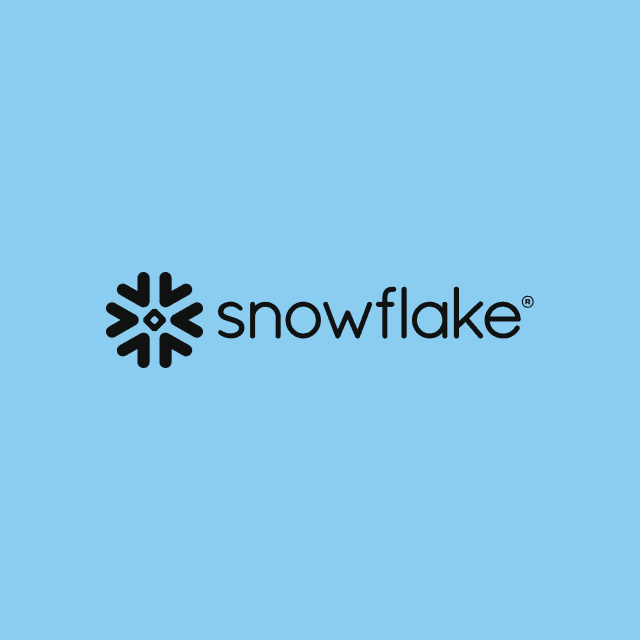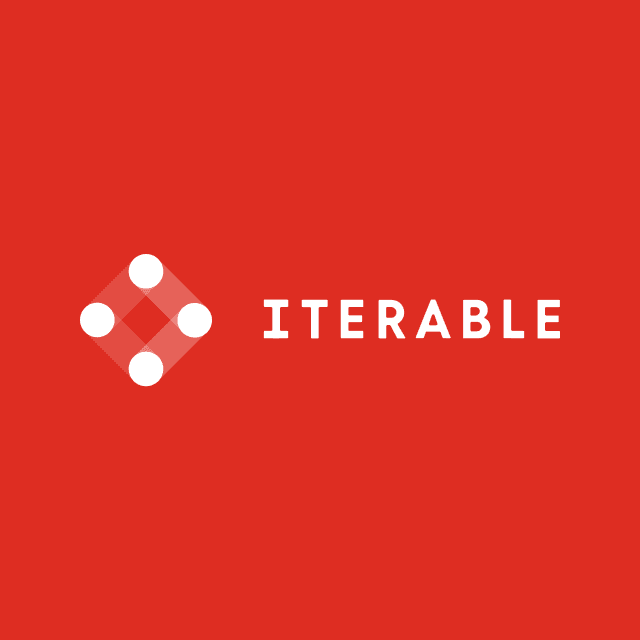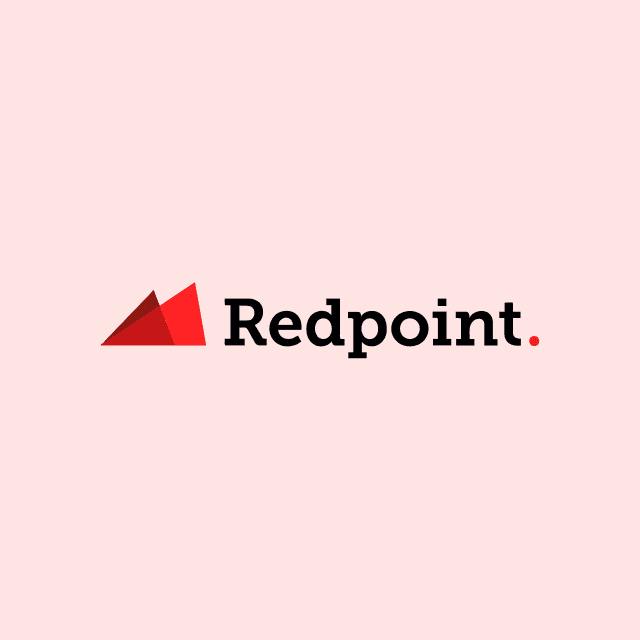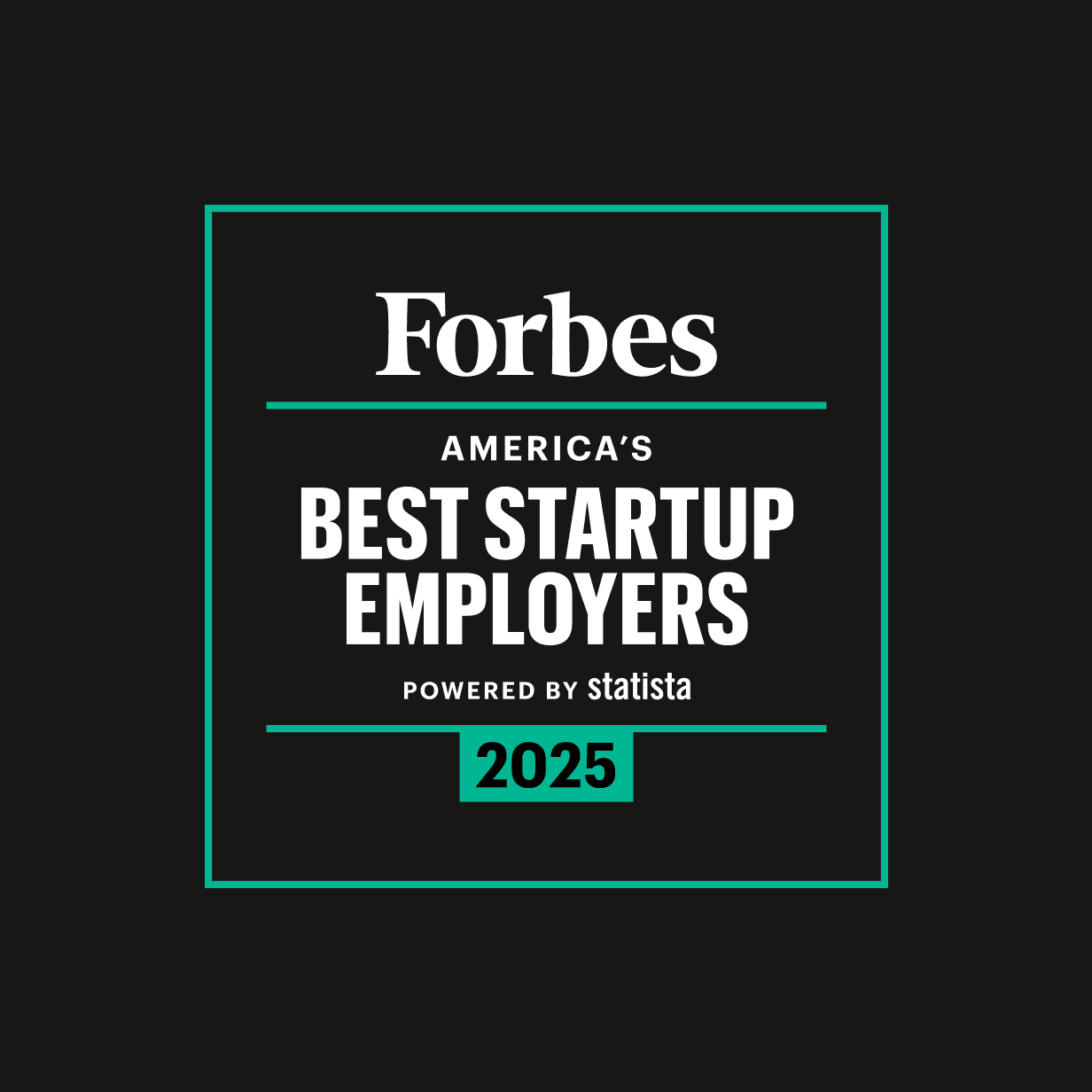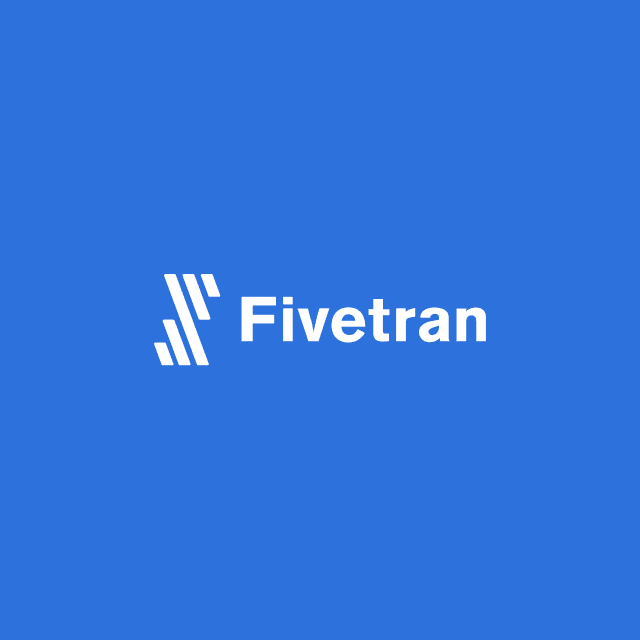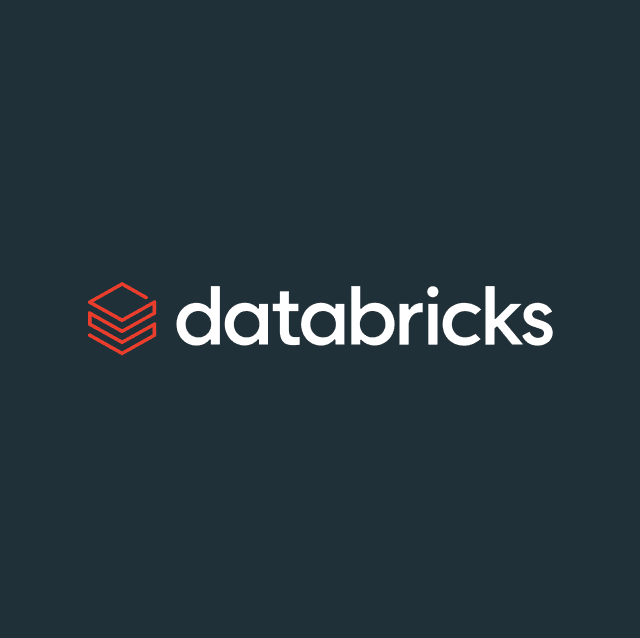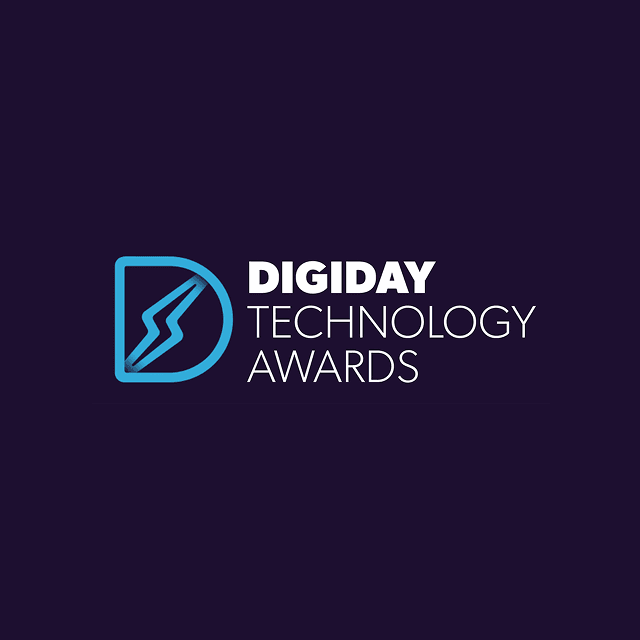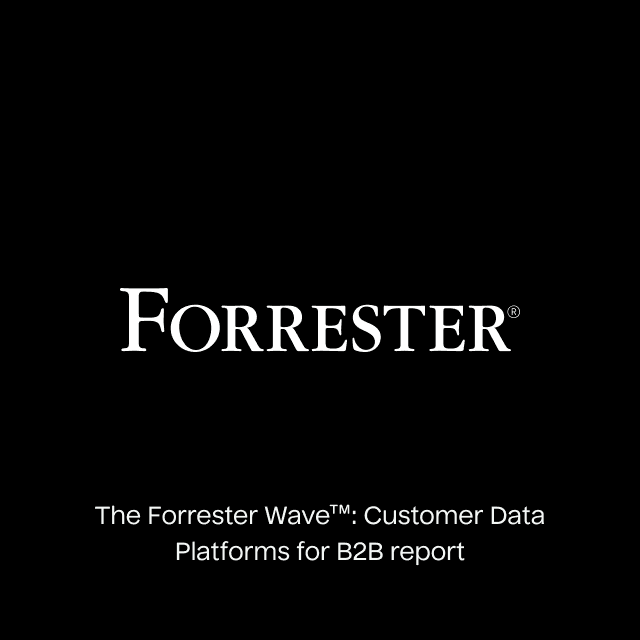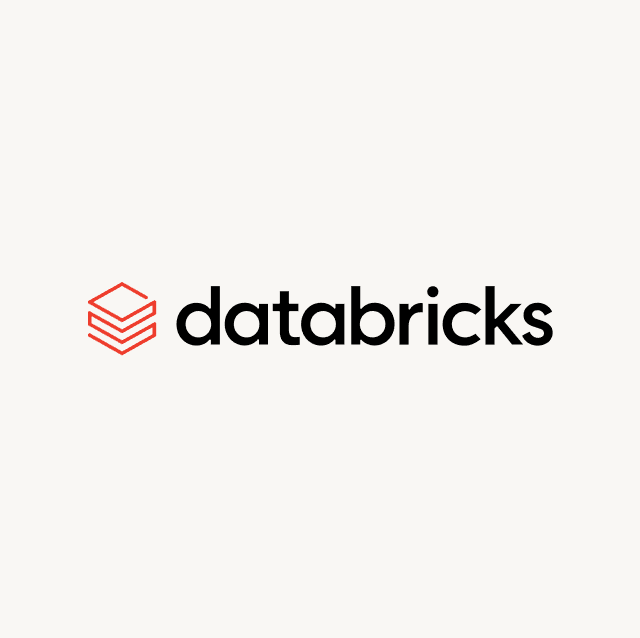A database and a data warehouse are both concerned with storing data, but both have different roles within your business. This article will explain each one, their differences, and some of their use cases.
What is a Data Warehouse?
A data warehouse is a centralized location to store your business data and supports online analytical processing (OLAP), which helps to process data at high speeds. A data warehouse is essentially a database but differs in a multitude of ways.
One of the problems businesses face is having disparate data sources where data is siloed. That data on its own doesn’t provide as much value as it could because it’s only a small section of the entire company's data.
If you could get the data from the various sources into one location, you would have one centralized view to perform data analytics, create business intelligence, and combine datasets to answer complex questions such as lifetime value or purchase frequency. And where you could send enriched customer data to tools such as ad platforms or customer support tools to aid them in their role through data activation.
A cloud data warehouse provides the location to do exactly the above; a single location to store all of your company's data which business analysts and data scientists can access. It also lets you build models, so the data in the data warehouse is transformed from its raw form to one that can be used throughout the business.
One of the benefits of getting all your data into one location is that you don't need to worry about running analytical queries on a production database and consuming processing power meant to run your applications. A data warehouse is separate and has large amounts of storage and processing power, so it never disturbs live applications and produces negative customer experiences.
Some examples of cloud data warehouses include:
- Google BigQuery
- Snowflake
- Amazon Redshift
- Databricks
What is a Database?
Databases are used to store real-time data on a particular business process and support Online Transaction Processing (OLTP). They are ideal for the fast processing of many simple queries, allowing operations such as READ, WRITE, UPDATE, and DELETE, and supporting thousands of concurrent users.
The main use case for a database is to power products that differ from the main use case of a data warehouse which is to help with data-driven decision-making.
The Database Management System (DBMS) is closely connected to a database. It’s where data is stored and where users and applications can interact. The term "database" is usually used to refer to the database itself and the DBMS.
There are two main types of databases you can get; relational and non-relational. Relational databases store data in columns and rows, similar to an Excel spreadsheet. A non-relational database uses one of the following storage models:
- Document
- Key-value stores
- Graph
- Column
Some popular databases include:
- PostgreSQL
- MySQL
- MongoDB
- Microsoft SQL Server
- DynamoDB
OLTP vs. OLAP
As mentioned briefly above, one of the key differences between data warehouses and databases is the way they process data. Databases support OLTP, whereas data warehouses support OLAP. Let's look further into both of these.
OLTP
OLTP stands for Online Transaction Processing. It's a type of data processing that assists with day-to-day business transactions. OLTP helps power products due to its fast processing speeds and ability to process simultaneous transactions. It performs operations like READ, WRITE, and DELETE based on user actions.
Some example use cases of OLTP are processing online banking transactions, e-commerce purchases, or sending text messages.
OLAP
OLAP stands for Online Analytical Processing and helps perform high-speed analysis on large volumes of data stored centrally in a data warehouse. OLAP helps to provide analysis of data to drive data-driven business decisions based on all of the business data that has been piped into the data warehouse.
Data stored in an OLAP tool aren't stored in a row-by-column format as you would see in a database but are stored as multidimensional database structures known as cubes.
OLAP can help uncover insights such as analysis of user behavior to power a recommendation engine or to work out the lifetime value of a customer.
Types of Data Warehouses
There are five types of data warehouses that store data but have slightly different use cases.
- Enterprise Data Warehouse (EDW): an EDW is what you typically think of when you hear data warehouse. It's a location where you transfer company data from various sources, storing it in one location. The data in an EDW goes through some form of transformation, so it's in a usable format to perform data analysis to help with business decisions or for data activation to turn static data into something actionable.
- Operational Data Store (ODS): A ODS is a type of data warehouse that stores real-time transactional data from operational data sources. The data it contains is updated in real-time or near real-time and is used for operational reporting and analytics.
- Data Mart: A dart mart is a version of a data warehouse containing a subset of data from the data warehouse. The data mart contains only data relevant to a specific team, so they only access the data they need. A data mart can provide faster insights due to the smaller datasets provided to the user, and it can help limit the data the users see for data protection.
- Cloud Data Warehouse: With advances in cloud computing, data warehouses have gone from something that was on-premise to now cloud-based. Many businesses are moving towards a cloud data warehouse due to the ease of implementation, the ease of scaling up and down as the business needs require, and the fact that most cloud data warehouses take care of any maintenance and administration needed.
- Data Lakehouse: A data lakehouse combines a data warehouse and a data lake. It allows you to store structured, semi-structured, and unstructured data and takes advantage of the flexibility, scale, and cost-efficiency of a data lake and mixes it with the data management and ACID transactions of data warehouses. A data lakehouse provides an environment for business intelligence, reporting, data science, and machine learning.
Types of Databases
A range of different databases are available that provide slightly different end results. Here are the most common types of databases that are used.
- Relational: this is one of the most commonly used databases. It's used to organize data into tables with rows and columns, similar to how you would in a spreadsheet like Google Sheets. Some examples of relational databases include MySQL, Oracle, and Microsoft SQL Server.
- NoSQL: NoSQL databases are used for handling unstructured or semi-structured data. They provide a much more flexible data schema and provide faster queries. Some examples of a NoSQL databases include MongoDB, Cassandra, and Amazon DynamoDB.
- Object-oriented: One of the main differences of an object-oriented database is that it stores data in objects rather than tables because of the reflection of the objects used in object-oriented programming languages. Object-oriented databases can quickly query data across complex relationships due to persistent associations between objects. Some examples of object-oriented databases include db4o and ObjectDB.
- Graph: stores data in nodes and relationships and doesn't restrict data on predefined models. The graph database takes the focus off the items and puts it more on the connection between items. Some examples of graph databases include Neo4j and OrientDB.
- Document: is a database that can store semi-structured and unstructured data in a JSON-like document. Document databases are useful for developers because they store data in the same document-model format used in application code. Document databases allow for flexible indexing, delivering ad-hoc queries and analytics over collections of documents. Some examples of document databases include Couchbase and CouchDB.
- Time-series: as the name suggests, a time-series database helps store timestamps data part of a time-series. The type of data a time-series database stores can be measurements from sensors or financial data. The benefit of a time-series database is the data is in a format that allows for fast-time-based reads and writes. Some examples of time-series databases include Couchbase and CouchDB.
- Spatial: this type of database stores spatial data that defines a geometric space. It helps to store data about geographical locations and features, storing data like coordinates, lines, points, polygons, and topology. Some examples of spatial databases include PostGIS and GeoServer.
What are the Differences Between a Data Warehouse vs a Database?
Even though the essential role of a data warehouse and a database is to store data, they have differences. Below are some of the main differences between the two.

Purpose
One key difference is the reason for using a data warehouse and a database. A data warehouse stores business data in a single location, giving you a consolidated view of your business data and making it usable for data analytics and activation.
A database is used to power applications because of the speed of storing and retrieving data and the use of ACID transactions to ensure data integrity.
For example, a purpose of a data warehouse can be to answer questions through analytics that a business executive may have, such as the lifetime value across different customer personas.
And the purpose of a database can be to power payment transactions in an e-commerce store or to display stored notes in a note-taking application.
Data Structure
The data structure of a data warehouse is determined when the data is imported into the data warehouse. It's possible you could have a copy of the same data within a data warehouse due to denormalization to help with read speeds.
The data structure for a database depends on the database type (if it's relational or non-relational), so it can be either rigid or flexible. In a database, it’s unlikely you’ll find duplicate information in multiple tables because it would reduce the speed of queries.
In a data warehouse, you can structure your data to fit the business needs in a format that would make it as accessible as possible for the end users. In a database, you're restricted to the data structure that has already been created. For example, you are limited to parameters such as objects, fields, and properties in Hubspot.
Data Collection
In a data warehouse, the data is received either by data pipelines built by the data team or via a tool like Fivetran, which collects business data from multiple sources throughout the business. You could have Fivetran connected to tools like Facebook, Iterable, or a production database and have the data in those tools transferred into your data warehouse.
In a database, the data is collected from the application connected to it in real-time, directly by the user’s inputs or their behavior. Examples could be taking running data from a user or storing songs in a user's playlist.
Data History
The data stored in a data warehouse is historical data from various data sources and is as up-to-date as the schedule set by the data integration process (which still can be near real-time). An example could be taking the statistics like open rate and clickthrough rate for all emails sent in a tool such as Braze.
A database helps process the daily running of one aspect of a business or application, and the data is stored in real-time. An example could be storing a user's heart rate through a smartwatch.
Data Volume
The data volume in a data warehouse can be practically unlimited. You find they store huge amounts of data due to the historical nature of the data being sent. Typically the data can amount to Gigabytes or potentially Petabytes, depending on the amount of data sources, customers, and the length of time data collection has been occurring.
On the other hand, a database is only used for a single business process, which is relatively smaller than a data warehouse. It pays to keep the data volume smaller in a database. That way, the queries can be faster and prevent slow loading speeds.
Query Optimization
A data warehouse uses Online Analytical Processing (OLAP), which allows for high-speed analytics on large volumes of data due to how it stores data in a multidimensional structure (Cubes). The OLAP is needed due to the complex queries that are run.
A database uses Online Transaction Processing (OLTP), which helps execute large transactions in real-time. OLTP allows fast response times to modify small amounts of data for user-facing applications regularly.
Data Warehouse Use Cases
Data Analytics
Without a data warehouse, data is stored in multiple locations where it can only be used and is accessible within the tool itself. A data warehouse allows you to collate all that data into a single location.
The power of having all of your company data centralized is that you can use it to power decisions that can positively impact your business. Performing data analysis can help answer questions such as what my revenue will look like in 12 months or find information about why a particular product isn't performing as well as predicted.
Data Activation
Turning insights on a dashboard and operationalizing them can require a lot of work from the data team, getting data to the right team promptly. In the case of marketing, insights into new audience segmentation that can be used to power personalized marketing campaigns may not be as effective if there are delays in getting the data from the warehouse to marketing tools downstream.
Data activation can remove that problem. A tool like Hightouch syncs data from your warehouse to your operational tools (e.g., Salesforce, Facebook, Iterable, Braze, Hubspot, etc. It sends whatever data is needed directly without any delays. Data activation can also send data from the data warehouse to a database to power such things as storing recommendations that suit a user based on analytic insights.
Database Use Cases
Applications
Applications are the typical use case for a database. Because of their fast transaction speed, and the ability to CREATE, READ, UPDATE, and DELETE, they can respond to user interactions and store data in real time.
Databases help to store information based on customers, like a Customer Relationship Management (CRM), which helps to manage your relationships with customers. They also help manage online transactions because databases execute transactions in an ACID (Atomic, Consistent, Isolate, and Durable) compliant manner, so you can have confidence in maintaining high integrity when dealing with sensitive data.
A range of different SaaS categories utilizes databases to power their applications.
- CRM: As mentioned above, a CRM is one of the must-have applications in a business. It helps you store customer data to manage the interactions and relationships in various departments within the company, such as sales, marketing, and customer service teams. A CRM stores data such as where customers are in the sales cycle, how customers have interacted with marketing content, and service tickets customers have raised.
- HR: Managing hundreds or even thousands of employees can be tricky if you don't have an HR tool. There is a multitude of data that needs to be tracked in the HR department, such as the number of sick days and holidays an employee takes. HR also tracks employee performance and the length of service, which all benefits from being stored in an HR application.
- Account/Billing: In finance, it’s vital to track data to produce reports for executives and monitor the progress of a business. Cash flow, transactions, and budgets can all be stored in account and billing applications. Due to the sensitive nature of finance in the application, it's important the data is stored accurately and securely.
- Communication: Communication applications are an important tool in every business. It could be email or instant messaging applications like Slack. These applications have to store the historical messages sent, be able to deliver messages instantly, and offer the ability to search messages.
- Project Management: Managing a project can be an overwhelming task. Trying to track all the different moving parts and their progress is a challenging task. Project management applications allow you to store the multitude of projects that may be in progress, the state of each one, and the supporting tasks required to achieve the project, and provide a place for easy collaboration.
- Content Management and E-Commerce: Applications like WordPress and Shopify power many websites on the internet. These applications make managing and storing content, such as product pages and blog content, easy without coding or technical knowledge.
Final Thoughts
Now you know the differences between databases and a data warehouse. Nearly all companies use databases in some capacity, either to power their applications or through SaaS tools. Without them, dealing with day-to-day transactions wouldn't be possible and would make user applications worthless.
As your business grows and there are more reasons to use multiple applications to improve various business processes, the need for a data warehouse becomes greater. The benefit of unlocking data from multiple sources and centralizing means you can uncover insights that can steer decision-makers in the right direction. Also, data activation sends useful data to the operational tool of end users without hunting for it in a data warehouse and having to raise a request.




